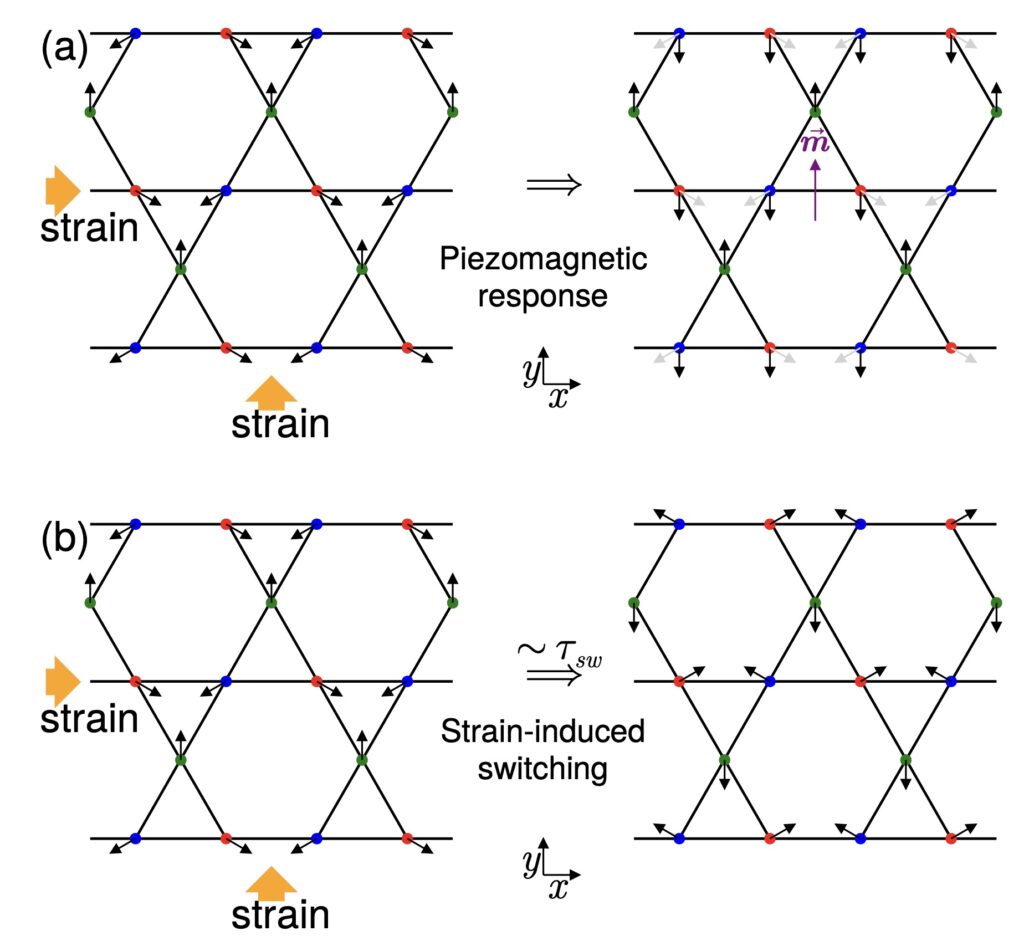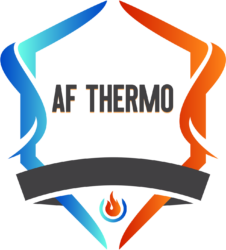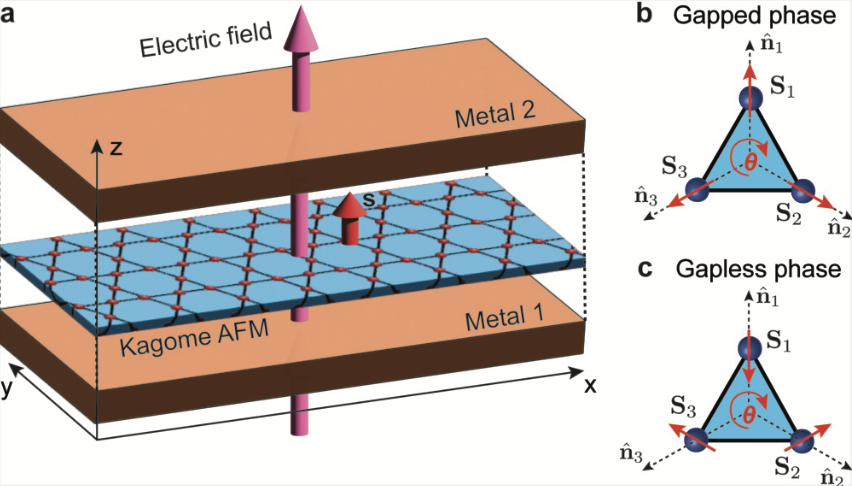
In recent years, there has been growing interest in harnessing noncollinear antiferromagnets (NCAFMs) for applications in antiferromagnetic spintronics. A key requirement for their practical use is the ability to control the spin order in a reliable and tunable manner. In our recent article published in Physical Review B, we investigate how the spin order in kagome antiferromagnets—an important class of NCAFMs—can be manipulated via strain. Starting from a microscopic spin Hamiltonian, we derive an effective action for the kagome antiferromagnet that captures the coupling between the spin order and the system’s strain tensor. At the microscopic level, this coupling arises from strain-induced modifications of the Dzyaloshinskii-Moriya and exchange interactions. Using this effective description, we explore two strain-driven phenomena: (1) strain-induced switching of the antiferromagnetic spin order and (2) the piezomagnetic response. We numerically show that strain facilitates thermally assisted switching between spin configurations of opposite chirality. Specifically, we find that uniform tensile and compressive strain govern both the average switching time and the preferred switching direction between chiral states. Furthermore, we demonstrate that strain induces a net magnetization and provide an experimentally testable prediction of this effect for a typical NCAFM. Our results provide a theoretical framework for modeling strain-induced manipulation of kagome antiferromagnets, underscoring strain as a promising route for functional control of NCAFMs.


